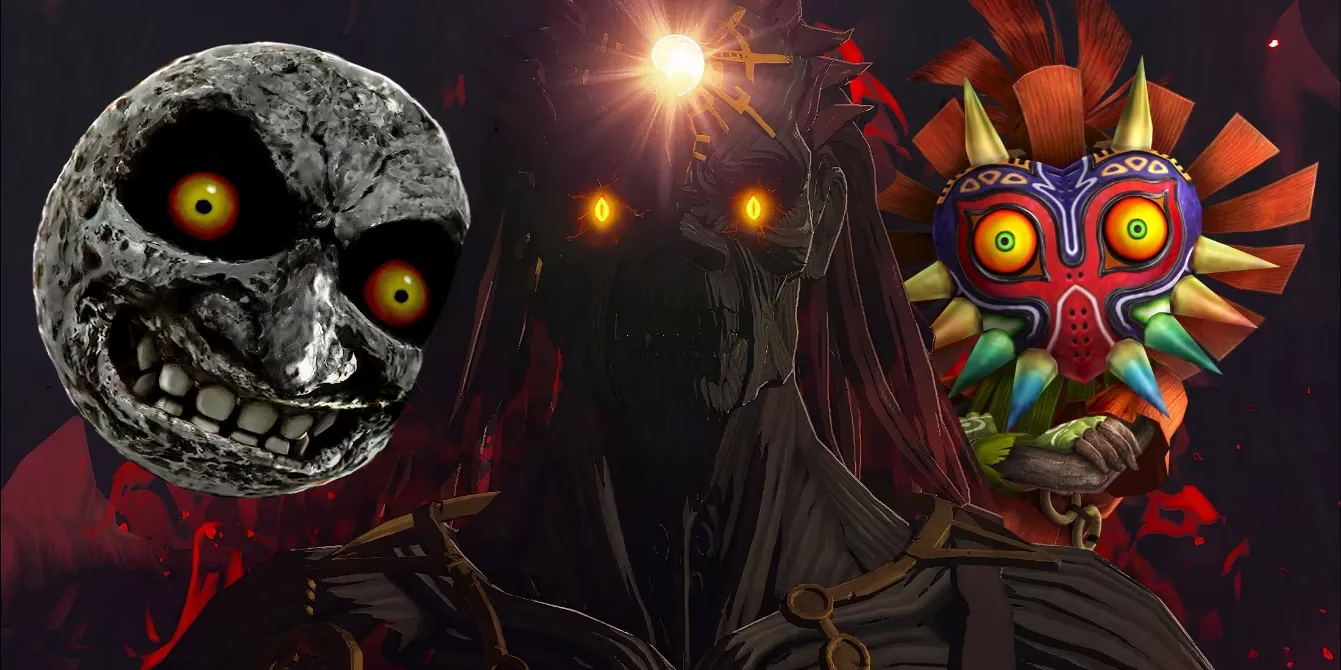🌑 I still vividly remember my first encounter with that moon—a celestial nightmare crashing toward Termina in Majora's Mask. As a lifelong Zelda fan who's journeyed through every title since the NES era, nothing has ever replicated the sheer psychological dread I felt in 2000. Fast forward to 2025, and while Tears of the Kingdom teased a return to those horror roots with its haunting trailers, it ultimately pulled its punches. That initial sequence beneath Hyrule Castle? When Ganondorf's corpse reanimated and tore off Link's arm? 😱 I genuinely trembled with excitement, thinking Nintendo had finally embraced darkness again. But where did that terror go? Why abandon such potent storytelling when we've been starved for it since Majora's Mask defined horror in this franchise?

The Unmatched Darkness of Majora's Mask
Few games dare to traumatize players like this N64 masterpiece did. Let's break down why it remains uniquely terrifying:
-
Psychological Weight: The 72-hour doomsday clock created suffocating urgency—hearing that tick-tock soundtrack while NPCs grappled with impending oblivion broke my heart repeatedly 💔
-
Body Horror: Those transformation masks weren't whimsical; wearing the Deku Scrub mask felt like being buried alive in someone else's skin
-
Existential Villainy: Majora wasn't some grand schemer—it was pure, chaotic evil smiling as it destroyed worlds
Compare this to Tears of the Kingdom's approach:
| Element | Majora's Mask (2000) | Tears of the Kingdom (2023) |
|---|---|---|
| Horror Pacing | Sustained dread throughout | Concentrated in opening hour |
| Player Consequences | Permanent NPC deaths | No lasting emotional impact |
| Environmental Tone | Oppressive, decaying world | Bright open skies dominate |
That opening hour in TOTK teased something revolutionary—a Zelda where consequences felt real and darkness wasn't just aesthetic. When Link's arm got corrupted, I thought: "Finally! They're committing!" But then... sunshine. Exploration. Quirky side quests. The gloom vanished faster than a Poe in daylight. 🌞
What Modern Zelda Horror Could Be
Reflecting on Ocarina's Shadow Temple—where Wallmasters snatched you into darkness—still gives me chills. Yet Majora elevated this into artistry. Remember:
-
The Elegy of Emptiness statues staring blankly in ancient temples
-
The Gibdo curse turning villagers into mummies
-
That damn moon watching you constantly 👁️
Tears of the Kingdom proved the appetite for horror hasn't faded. When Ganondorf rasped "Rauru..." in the opening cutscene, my entire Discord call erupted. But abandoning those themes felt like Nintendo teasing a haunted house ride only to divert us into a petting zoo. We got fragments:
-
Gloom Hands: Brilliantly disturbing but easily avoided
-
Phantom Ganon: More spectacle than psychological terror
-
Corrupted Zones: Visual tension without narrative weight
Isn't it time to stop flirting with darkness and marry it? After all, heroism shines brightest when contrasted against true despair. Majora understood that—making every saved life feel monumental against apocalyptic stakes. I still replay it annually, not for nostalgia, but because nothing else fills that void.
📯 As the Zelda franchise evolves beyond TOTK's success, I dream of a game brave enough to let us drown in terror again. Not just jump scares—but the slow, creeping dread that made Majora immortal. With modern tech rendering decay and shadows in 4K? The potential is terrifying. And after 25 years of waiting... isn't that moon overdue for a successor?